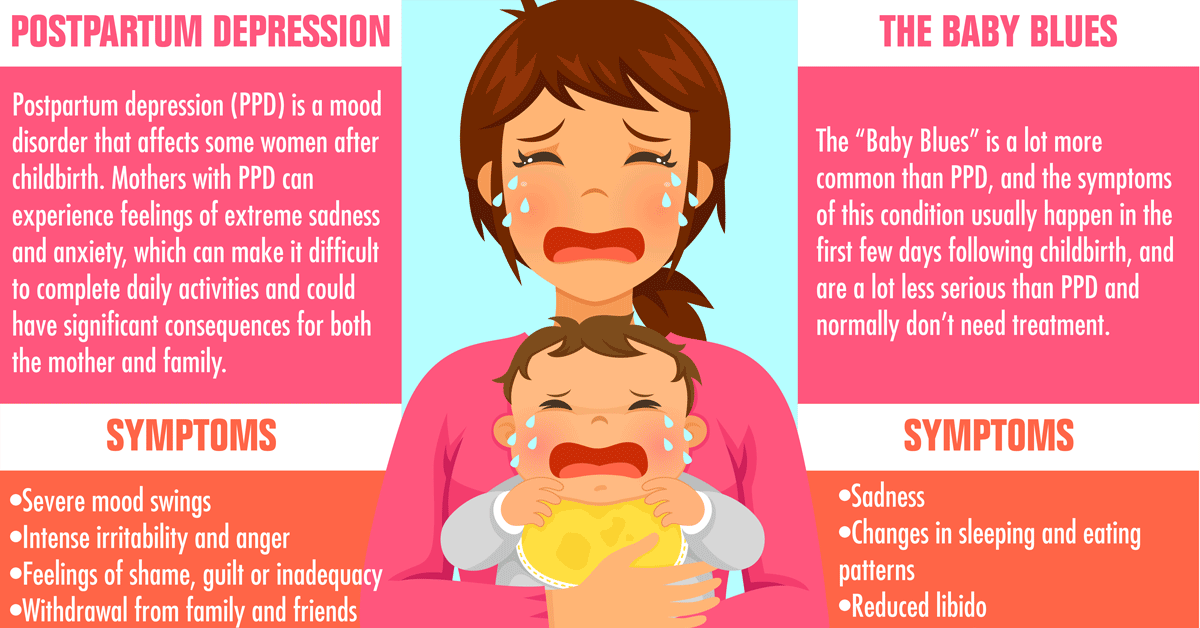Exactly How Do State Of Mind Stabilizers Work?
Mood stabilizers aid to soothe locations of the mind that are affected by bipolar disorder. These drugs are most efficient when they are taken on a regular basis.
It might take a while to locate the right medicine that functions ideal for you and your medical professional will monitor your condition throughout therapy. This will certainly entail normal blood tests and possibly a modification in your prescription.
Natural chemical law
Natural chemicals are a group of chemicals that regulate one another in healthy and balanced people. When degrees come to be unbalanced, this can result in mood conditions like clinical depression, anxiousness and mania. State of mind stabilizers help to prevent these episodes by assisting control the balance of these chemicals in the mind. They additionally might be made use of along with antidepressants to enhance their effectiveness.
Medicines that work as mood stabilizers include lithium, anticonvulsants and antipsychotics. Lithium is maybe one of the most popular of these medicines and jobs by impacting the circulation of salt with nerve and muscular tissue cells. It is frequently made use of to deal with bipolar illness, yet it can additionally be helpful in treating other state of mind problems. Anticonvulsants such as valproate, lamotrigine and carbamazepine are also effective mood stabilizing drugs.
It can take some time to find the right type of drug and dosage for each individual. It's important to work with your medical professional and take part in an open discussion concerning just how the drug is benefiting you. This can be especially helpful if you're experiencing any side effects.
Ion channel inflection
Ion networks are a significant target of state of mind stabilizers and several various other medicines. It is currently well developed that they are dynamic entities that can be modulated by a range of exterior stimulations. On top of that, the inflection of these networks can have a series of temporal results. At one extreme, modifications in gating characteristics might be rapid and rapid, as in the nicotinic acetylcholine receptor/channel system. At the various other end of the spectrum, covalent modification by protein phosphorylation may result in adjustments in network feature that last much longer.
The area of ion network inflection is going into a period of maturity. Current research studies have demonstrated that transcranial focused ultrasound (United States) can boost nerve cells by triggering mechanosensitive potassium and sodium networks installed within the cell membrane layer. This was shown by revealed channels from the two-pore domain potassium household in Xenopus oocytes, and focused US substantially modulated the current flowing through these networks at a holding voltage of -70 mV (ideal panel, family member effect). The outcomes follow previous monitorings showing that antidepressants impacting Kv channels manage glia-neuron communications to opposite depressive-like actions.
Neuroprotection
State of mind stabilizers, like lithium, valproic acid (VPA), and carbamazepine, are vital in the therapy of bipolar illness, which is identified by recurring episodes of mania and clinical depression. These medications have neuroprotective and anti-apoptotic homes that assist to avoid mobile damages, and they likewise enhance mobile durability and plasticity in dysfunctional synapses and neural circuitry.
These safety activities of state of mind stabilizers may be mediated by their restraint of GSK-3, inositol signaling, and HDAC activity. Furthermore, lasting lithium treatment shields versus glutamate excitotoxicity in cultured neurons-- a version for neurodegenerative conditions.
Studies of the molecular and mobile impacts of mood stabilizers have actually shown that these drugs have a vast array of intracellular targets, including numerous kinases and receptors, along with epigenetic modifications. Refresher course is needed to establish if state of mind stabilizers have neurotrophic/neuroprotective actions that are cell kind or circuitry specific, and exactly how these effects might complement the rapid-acting healing reaction of these representatives. This will certainly help to establish new, quicker acting, more reliable treatments for psychological diseases.
Intracellular signaling
Cell signaling is the procedure whereby cells connect with their atmosphere and other cells. It includes a sequence of steps in which ligands connect with membrane-associated receptors and result in activation of intracellular paths that control crucial downstream cellular features.
Mood stabilizers act upon intracellular signaling via the activation of serine-threonine protein kinases, causing the phosphorylation of substrate healthy proteins. This activates signaling waterfalls, leading to modifications in gene expression and mobile feature.
Numerous state of mind stabilizers (including lithium, valproate and lamotrigine) target intracellular signaling paths by inhibiting certain phosphatases or turning on specific kinases. These results cause a reduction in the activity of these pathways, which brings about a reduction in the synthesis of particular chemicals that can affect the mind and lead to signs of clinical depression or mania.
Some mood stabilizers also function by boosting the activity of the inhibitory natural chemical gamma-aminobutryic acid (GABA). This enhances the mental health assistance GABAergic transmission in the brain and minimizes neural activity, thus generating a calming result.

Comments on “How Do Antidepressants Work”